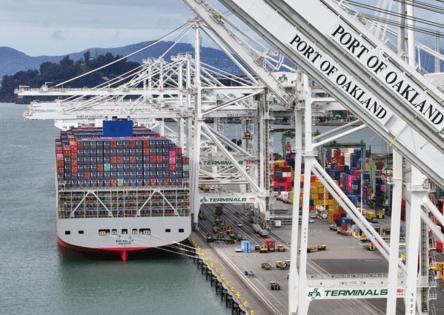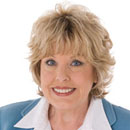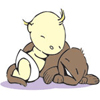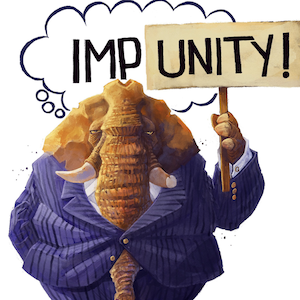Stagflation concerns ripple through Wall Street as tariffs hit
Published in Home and Consumer News
Wall Street strategists are sounding alarms that the U.S. economy is drifting toward stagflation as the impact of trade tariffs start to show up, potentially restricting the ability of the Federal Reserve to slash interest-rates.
While investors have so far largely shrugged off the warning signs, data is suggesting an approaching period of sticky inflation and sluggish economic growth, the analysts said.
Few signs of those jitters are showing up yet in assets other than the U.S. dollar. The S&P 500 has hit multiple records this year and an index of U.S. Treasuries is headed for its best performance since 2020. Meanwhile, the greenback is down 8% against a basket of peers.
Traders, who think inflation is under control, are piling into bets that the Fed will cut rates twice this year, with the first coming as soon as next month. Those bets accelerated after a report Friday on the U.S. labor market showed hiring had cooled in recent months.
But the strategists warn that President Donald Trump’s sweeping new tariffs, which took effect Thursday, could upend that outlook as the higher prices get passed on to consumers and companies, threatening to lift prices.
“The market is clearly expecting cuts, but the upside risks to inflation are significant,” Torsten Slok, the chief economist at Apollo Management, wrote in a note Thursday. “The bottom line is that the stagflation theme in markets is intensifying.”
Treasuries rallied the most since late 2023 after the jobs report, but have since cooled off, trading little changed this week with the 10-year yield at 4.22%.
Slok’s comments echo similar calls from strategists at Bank of New York Mellon, Bank of America, TD Securities and Brown Brothers.
“The still-evolving tariff region will prove stagflationary, both lowering growth and raising inflation,” BNY macro strategist Geoffrey Yu wrote. “This is exactly what appears to be happening now.”
Inflation remains stubbornly above the Fed’s target, with the consumer price index rising 2.7% in June. A fresh reading will come on Tuesday, with economists expecting it to rise 2.8% on an annual basis.
“Inflation is stuck above target,” analysts at BofA Global Research wrote in a note on Monday, adding that they are sticking to their call that the Fed won’t cut this year. “We see stagflation, not a recession.”
Minneapolis Fed President Neel Kashkari on Wednesday acknowledged the impact of the tariffs in the U.S. economy will weigh on policy and could even change his outlook for two rate cuts this year.
“If inflation really ticks up because of tariffs, we could even raise again,” he said. “The tariffs are just such an unknown right now.”
(With assistance from Catarina Saraiva.)
©2025 Bloomberg L.P. Visit bloomberg.com. Distributed by Tribune Content Agency, LLC.








Comments